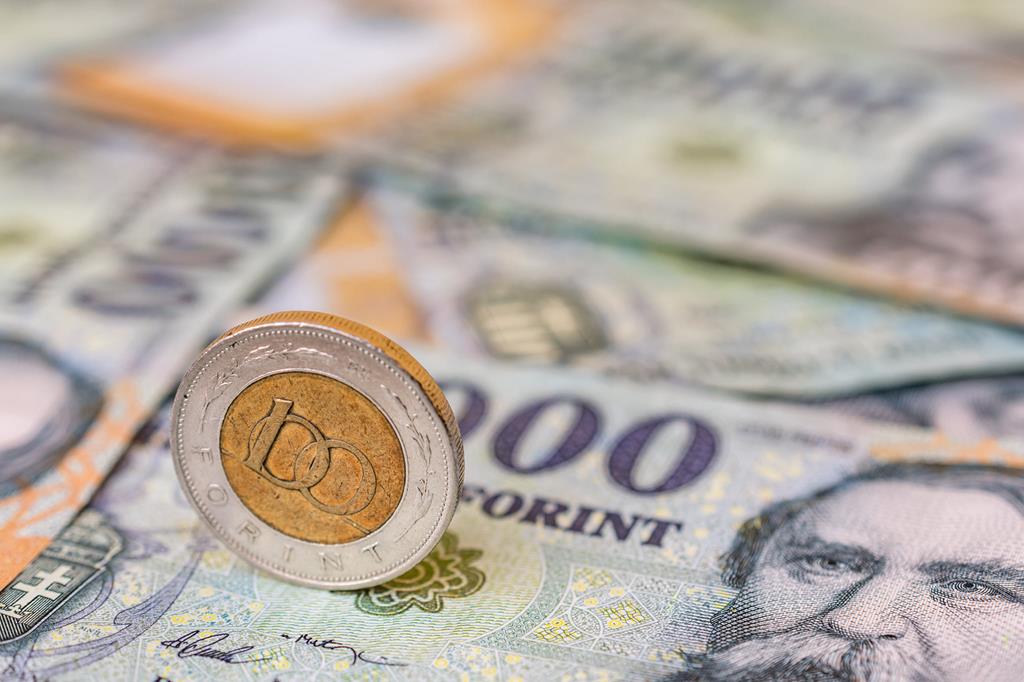Depreciation uncovered: Why has the Hungarian forint weakened so much in recent years?

The Hungarian forint has depreciated significantly in recent years, especially following Russia’s invasion of Ukraine. Compared to other Eastern European currencies, the forint experienced a sharper decline due to factors such as long-term central bank policies and Hungary’s geopolitical challenges. Although recent measures by the Hungarian National Bank (MNB) have helped stabilise the currency, its value remains weaker compared to its past levels, raising questions about the effectiveness of monetary strategies.
Post-invasion decline
According to an experts’ report on Telex, in the wake of the Russian invasion of Ukraine, the forint suffered a dramatic loss in value. At the start of 2022, one US dollar was worth HUF 324, but by 31 December 2022, it had risen to HUF 373. The currency hit its lowest point in October 2022, exceeding HUF 400 per dollar. While the forint has since regained some strength, it continues to underperform when viewed over a broader timeframe.
Comparison with regional currencies
When compared to other regional currencies like the Czech koruna, Polish złoty, and Romanian leu, the forint’s depreciation stands out. While all these currencies weakened during the war, none experienced declines as severe as the Hungarian forint.
Central bank policies and real interest rates
One of the primary factors behind the Hungarian currency’s weakness is the Hungarian National Bank’s monetary policy. For years, the MNB maintained low nominal interest rates, especially when adjusted for inflation (real interest rates). Between 2017 and mid-2023, Hungary’s real interest rates were often below those in the United States, reducing the appeal of Hungarian investments for foreign institutional investors. This dampened demand for the forint, contributing to its decline.
Impacts and risks
A weaker forint has both advantages and disadvantages. On the positive side, it can boost Hungarian exports by making them cheaper on global markets, potentially driving job creation. However, the prolonged depreciation also fuels inflation, which has been among the highest in the European Union.
External factors further exacerbated the forint’s decline in 2022, such as delays in EU funding and concerns over Hungary’s close ties to Russia, which unsettled foreign investors.
Recovery and stabilisation
By late 2022, the MNB shifted to a more aggressive policy, raising interest rates significantly. This resulted in higher real interest rates, which eventually surpassed those in the US by the end of 2023. The stabilisation of the forint supports the view that past monetary policy decisions were a key driver of its earlier depreciation.
Conclusion
While the Hungarian currency has shown signs of recovery, its long-term depreciation reflects a mix of domestic policy decisions and external economic challenges. For the currency to achieve sustained stability, a balanced approach to monetary policy and enhanced investor confidence are crucial.
Read also:

